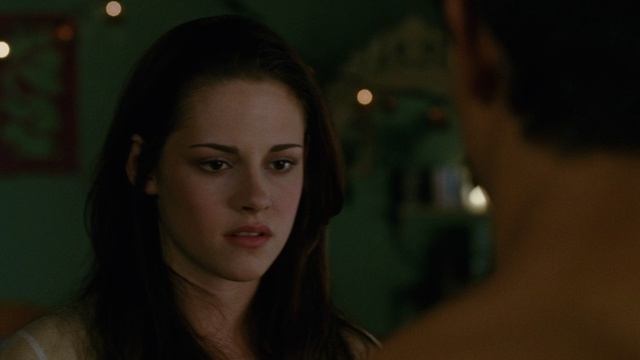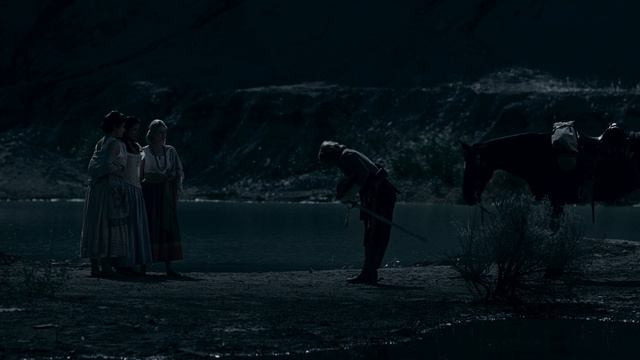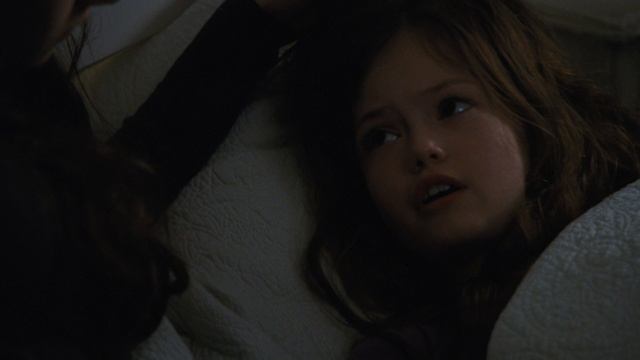Minolta XD (XD-11, XD-7) SLR
Описание
Minolta XD... This was the title on the Japanese Domestic Market .
In the U.S.A. and Canada it was named XD-11 .
In Europe, Asia, Australia and elsewhere it was named XD-7 .
They were available in Chrome and Black finish.
In 1977, Minolta was the first manufacturer to combine both - TTL aperture-priority and shutter-priority automation in one SLR camera body .
The mode switch next to the shutter-speed dial has three positions: "M" for manual, "A" for Aperture-priority mode and "S" for Shutter-priority mode.
To obtain full advantage of the Shutter-priority mode, the lens must be set to its minimum aperture 22 .
On the new MD-range of lenses, this setting can be locked by a small switch.
The interchangeable Minolta Acute-Matte focusing screen is exceptionally bright and combines the central split image rangefinder with a micro prism collar
which indicates in-focus very accurately. In a special version, this Minolta Acute-Matte screen was also made available for Hasselblad.
The finder covers 94% of the actual image and has 0.87 magnification using a 50mm standard lens. The finder window may be closed by flipping a small lever
next to it, preventing stray light entering the exposure meter in automatic mode using a remote release.
The camera TTL exposure meter is very accurate and covers light levels from EV 1 through EV 18, with off-the-film metering for precise measurement of the
amount of light striking the film during exposure. This metering system was quite sophisticated at the time of the camera's release.
The shutter is of the vertical-travel Seiko variety and is particularly quiet. The shutter has a 1/100th mechanical governed speed, named "O" on the shutter speed selection dial, and a "B" setting, and both operate independently of battery power .
On the right-hand side of the camera top are the wind-on lever, the shutter speed dial, and next to it, the mode switch. The release button is located within the shutter speed dial; it accepts a standard screw-in cable release as well as an electric remote release switch. Next to the wind-on lever is the
frame counter, and behind it on the camera back, a film "safe load" indicator. On the left-hand side is the film rewind knob on top of the film speed dial.
It is lifted to open the back. To set the film speed, a small release button next to the dial must be depressed. A lever at the edge of the dial allows from +2 to -2 exposure compensation. Over the course of the camera's production, the lever was relocated from the front left to front right on the dial.
An eyepiece shutter, preventing stray light disturbing exposure reading when the finder is not covered by the eye, is operated by a small lever at the back.
A dedicated hot-shoe is on top of the prism housing. The lens release button, the PC socket, and the depth-of-field (DOF) preview button are all located at the left-hand side of the mirror housing. The self-timer on the right-hand camera front, is only released mechanically. The film rewind release-button, which also permits multiple exposures, as well as the winder coupling, the 3-volt battery compartment, and the ¼-inch tripod socket .
AutoWinder D, permitting automatic frame advance of up to 2 frames per second. The camera does not, however, accept the Motor Winder MD-1, which provides up to 3.5 frames per second, a vertical shutter release button, and a noticeable improvement in ergonomics and handling to the XG and X series of camera. A full range of flashguns was available, including the top-of-the-line 320X which featured swivel/bounce and thyristor circuitry,
down to the ultra-compact 118x. Other accessories included the Angle Finder V and a Quartz Data Back.
Рекомендуемые видео




















